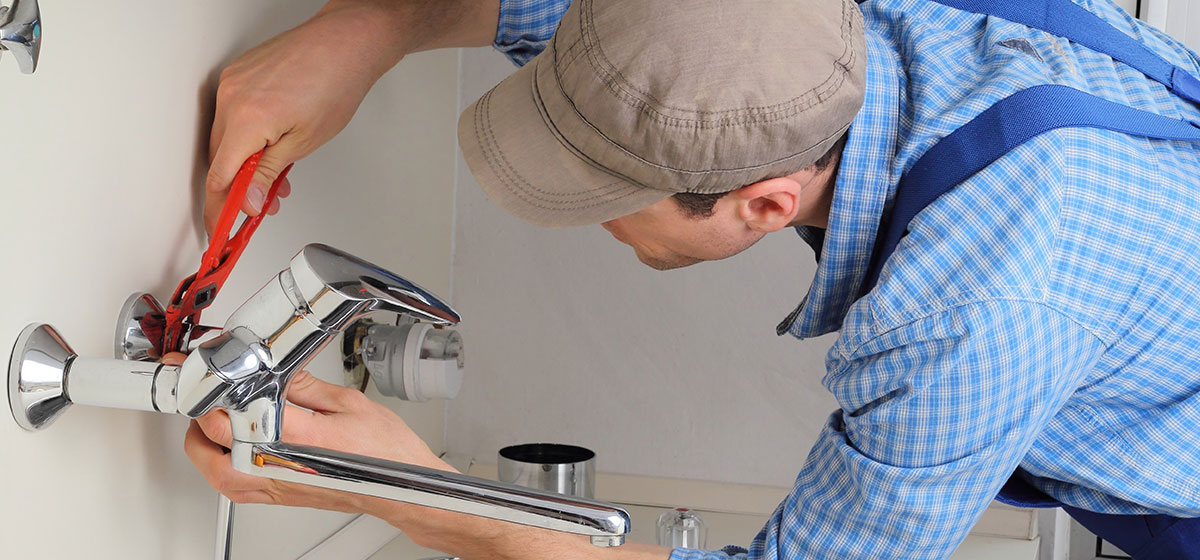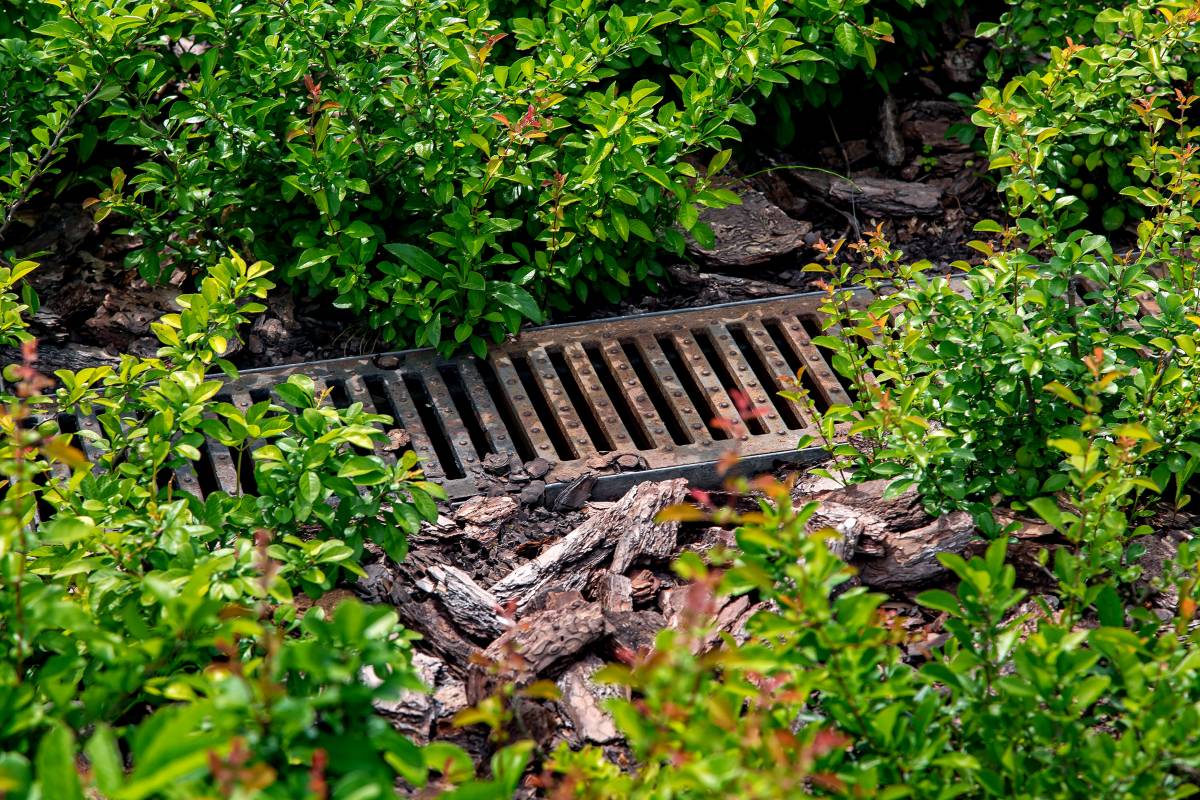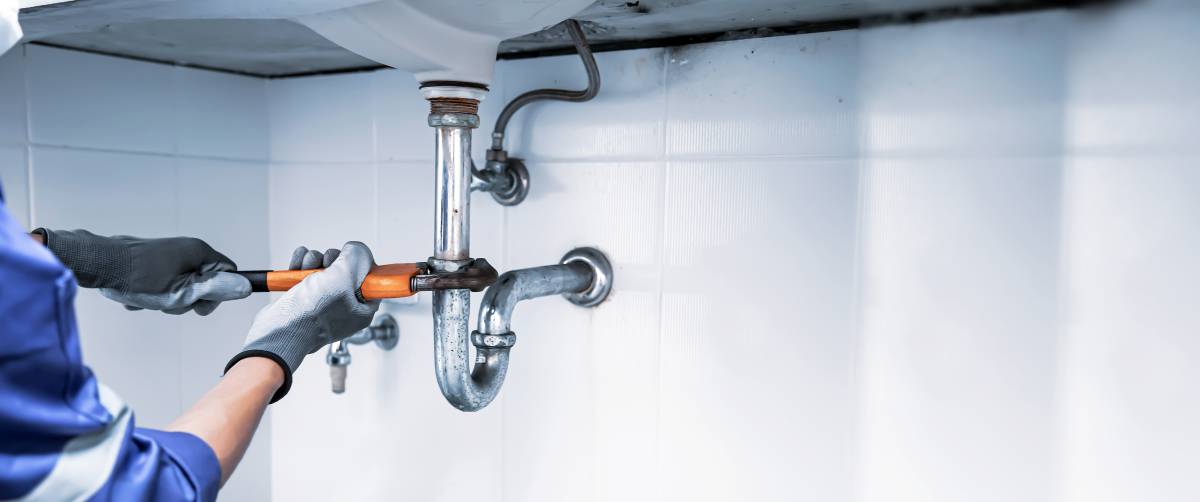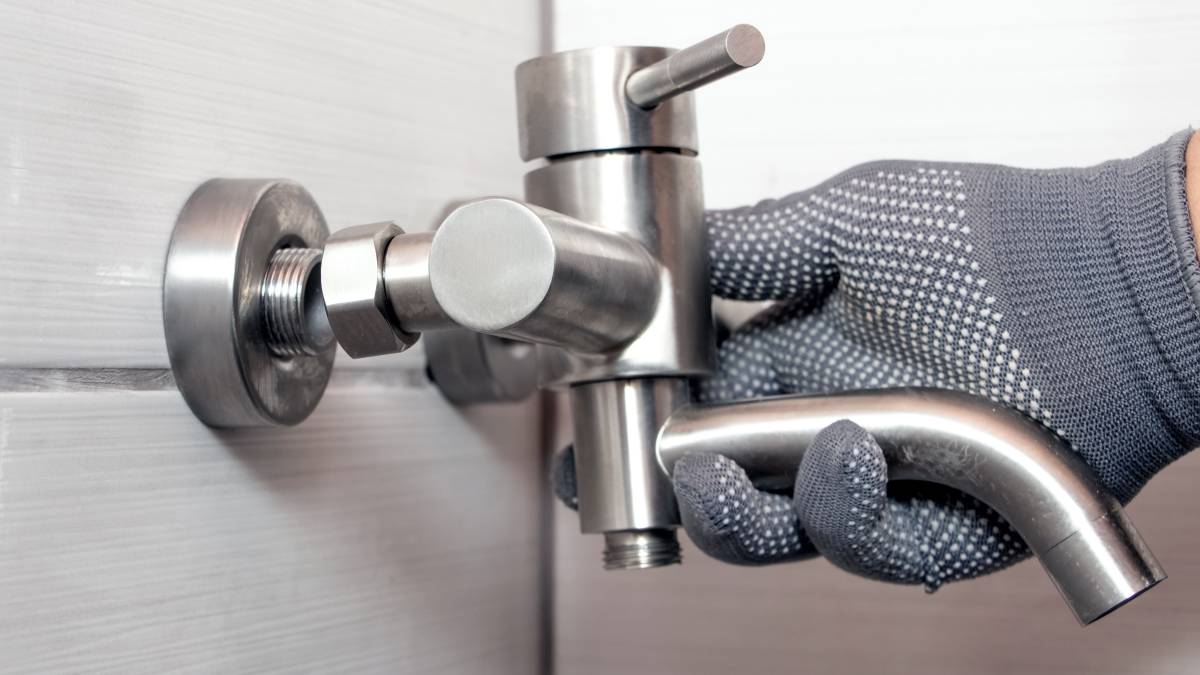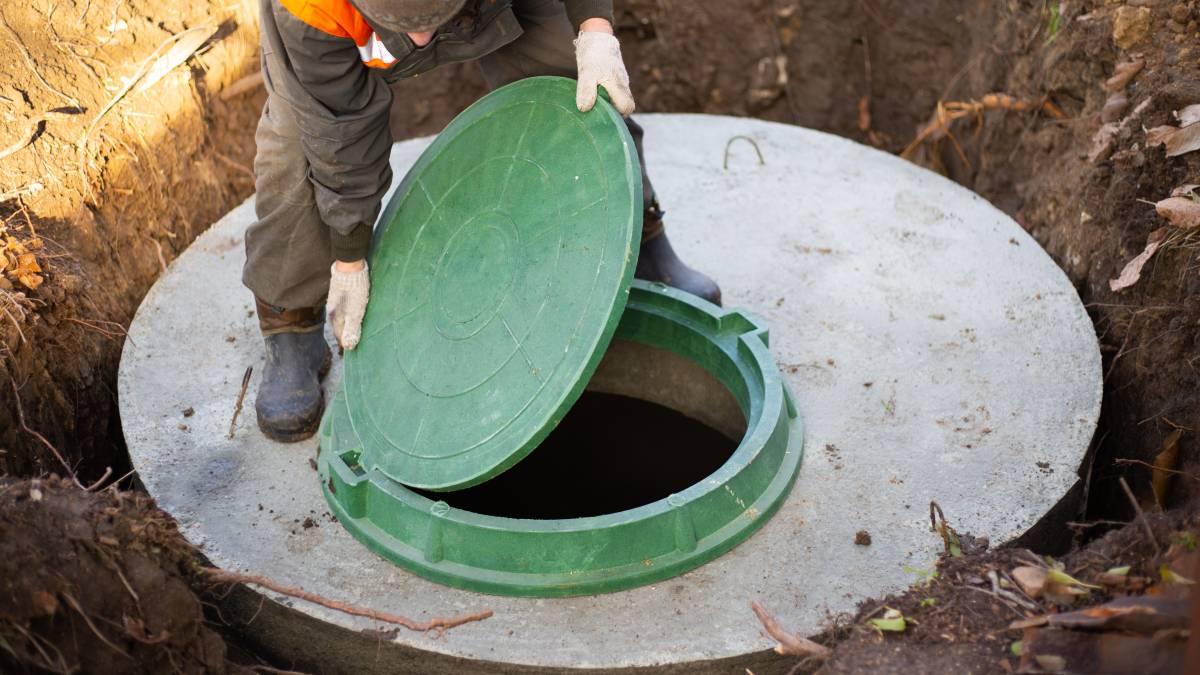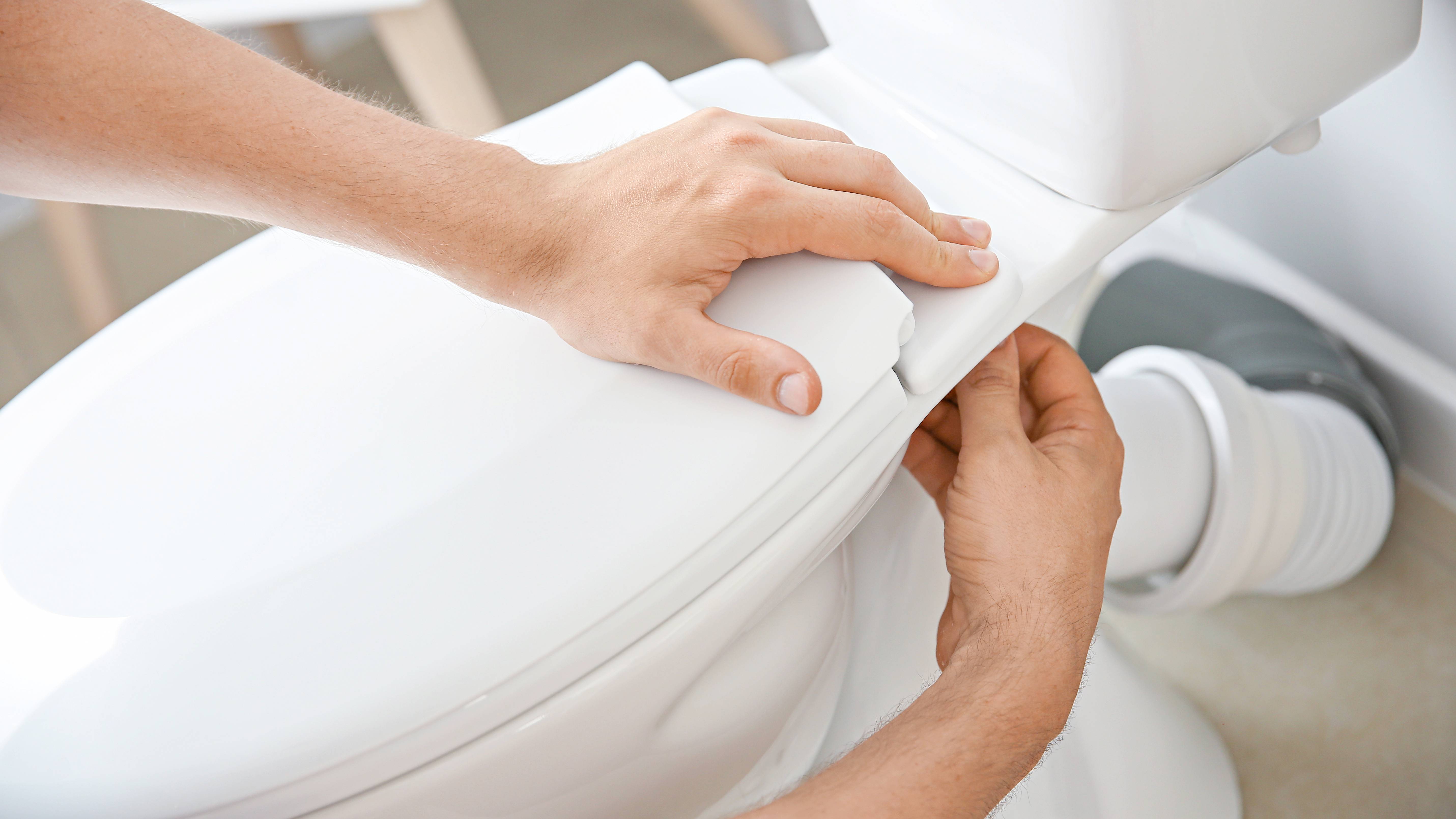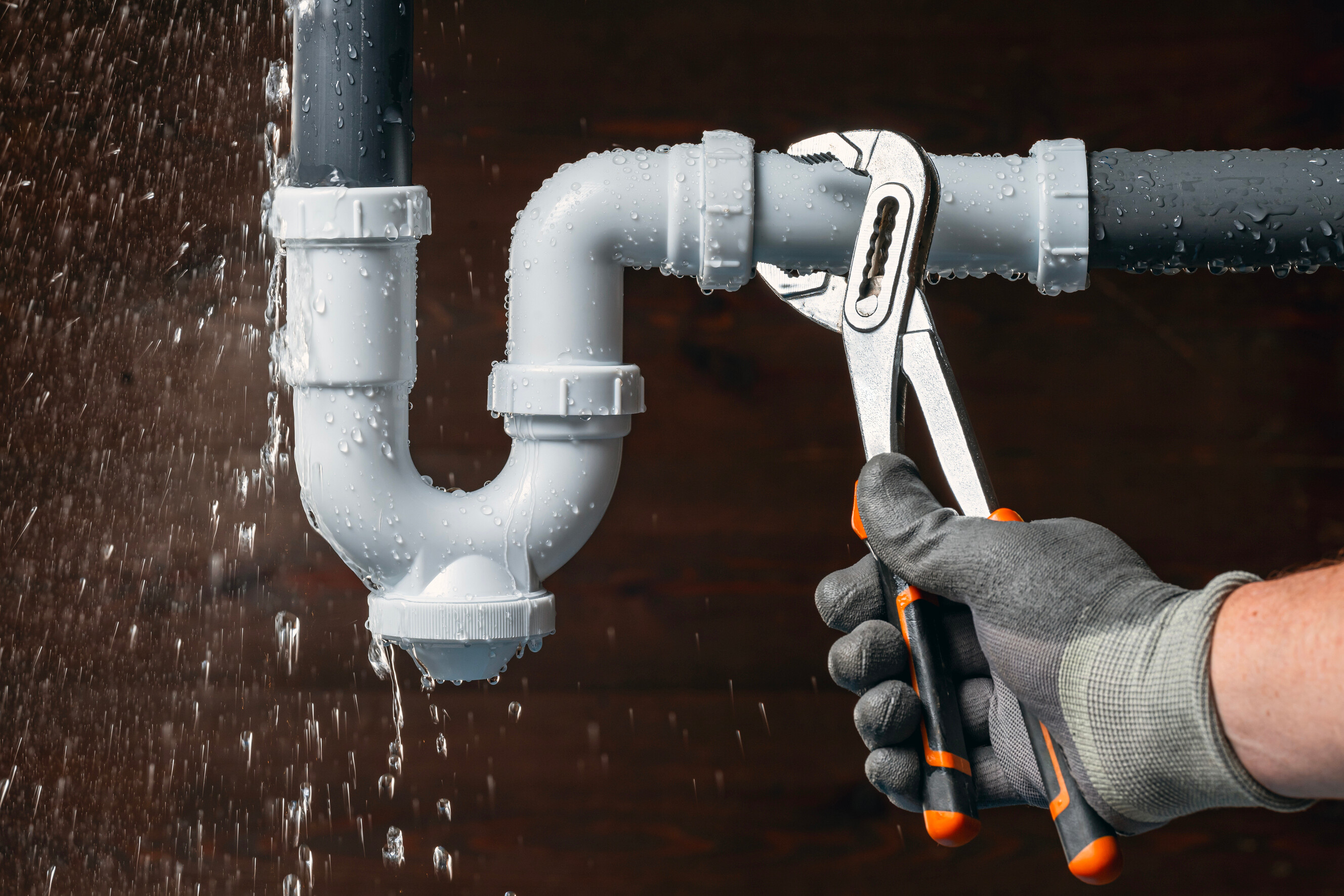
- Home/
- Comparisons/
- Plumbing/
- PVC Pipe vs Copper in Plumbing
PVC pipe vs copper in plumbing: Which is the better choice?
Compare these plumbing pipes in terms of durability, ease of installation, and more.
Published on
Key Facts
PVC pipe, or polyvinyl chloride pipe, is a plastic pipe known for its durability, affordability, and resistance to corrosion, but is not typically used for hot potable water.
Copper pipe is a rigid metal pipe valued for its strength, durability, and ability to handle high temperatures and pressure. It’s widely used in plumbing systems for both hot and cold water supply.
When giving your home a much-needed update or building from the ground up, choosing the right plumbing materials is a decision that pays off in the long run. In the UK, the classic debate between PVC pipe vs copper plumbing is one many homeowners face.
Whether you’re updating the plumbing in a Victorian terrace in Manchester or a modern flat in London, your choice of material can significantly affect installation, cost, and performance. From replacing pipes under your kitchen sink to upgrading your bathroom basin, each option has its own benefits and drawbacks.
This guide helps you compare plastic PVC pipe vs copper pipe, so you can make the best decision for your home.
What is PVC pipe?
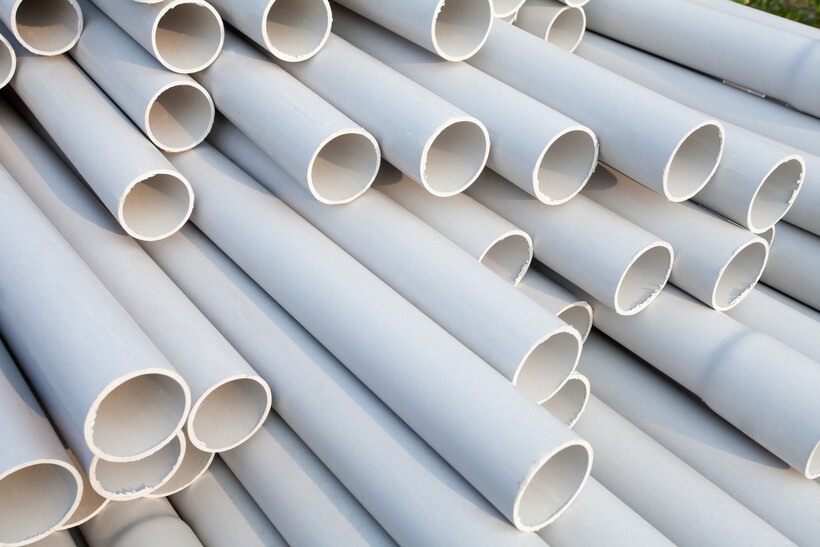 Stack of PVC pipes arranged for plumbing. (Source: iStock)
Stack of PVC pipes arranged for plumbing. (Source: iStock)
PVC (polyvinyl chloride) pipes are a popular option when choosing plumbing materials for your home. They’re lightweight, durable plastic commonly used for drainage and vent piping. Although widely used in the UK, standard PVC is not suitable for hot water supply.
PVC’s advantages include corrosion resistance, affordability, and ease of installation. It’s also adaptable, with various fittings available to suit your setup. In addition to installation, PVC pipe repair is generally straightforward, making it a convenient option for homeowners and plumbers alike. It remains a practical solution for tasks such as wastewater piping or cold water supply.
What is copper pipe?
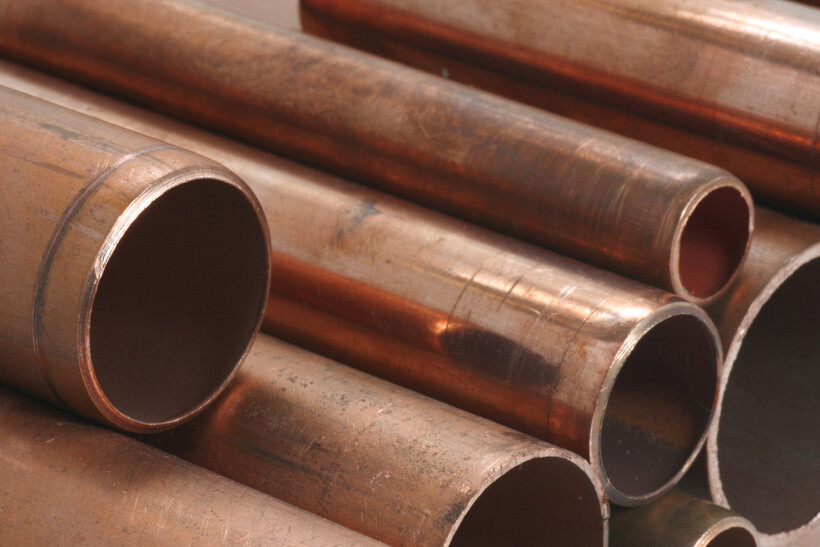 Stacked copper pipes used for plumbing. (Source: iStock)
Stacked copper pipes used for plumbing. (Source: iStock)
Copper pipes are rigid, tubular conduits made from a naturally corrosion-resistant metal. Copper has been used in British plumbing systems for over a century and remains a reliable material for hot and cold potable water and central heating.
Commonly joined through soldering, compression fittings, or crimping, copper offers excellent heat conductivity and pressure tolerance. The copper pipe lifespan is also impressive, making it a durable, long-term investment.
Plastic pvc pipe vs copper pipe: How do they differ?
If you’re working on a new home or renovating, you may wonder, “Is PVC or copper better for plumbing?”. Let’s look at key differences to help you decide.
In terms of lifespan and durability
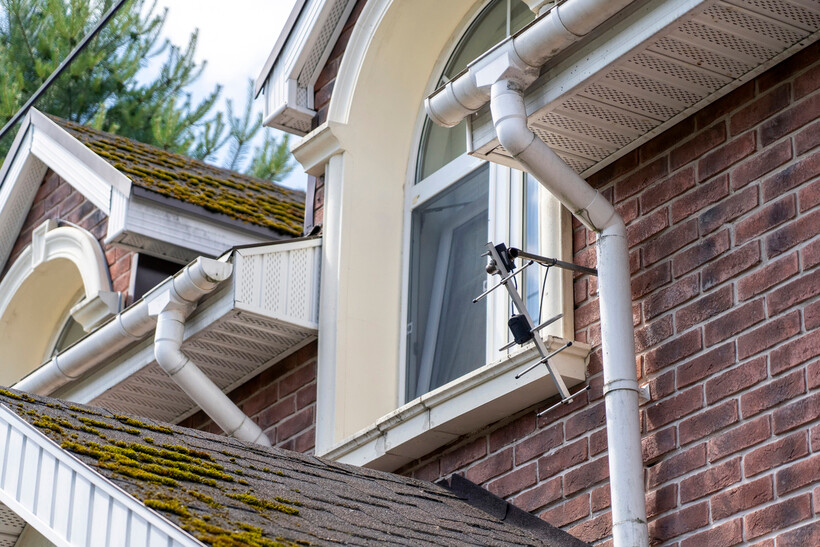 PVC pipes used in roof guttering on a brick house. (Source: iStock)
PVC pipes used in roof guttering on a brick house. (Source: iStock)
PVC pipes, introduced in the 1960s, typically last 25 to 50 years in domestic use. Their non-corrosive nature adds to their impressive durability, making them an appealing choice for modern plumbing. They’re also easy to work with when addressing minor issues like a leaking tap, especially in low-pressure setups.
Among the various types of pipe available, copper pipes can last around 70 to 80 years or more. They also provide excellent resistance to damage from high water pressure or temperature fluctuations.
In terms of resistance to corrosion
When comparing PVC and copper pipes for plumbing, one key difference lies in their resistance to corrosion. Plastic plumbing, like PVC, is inherently non-corrosive, meaning it doesn’t rust or degrade due to water, air, or soil conditions. This makes it highly reliable for drainage systems without the need for protective coatings.
Copper forms a protective patina over time, which slows corrosion. However, it may still be susceptible to pitting or pinhole leaks in aggressive or acidic water environments.
In terms of thermal conductivity
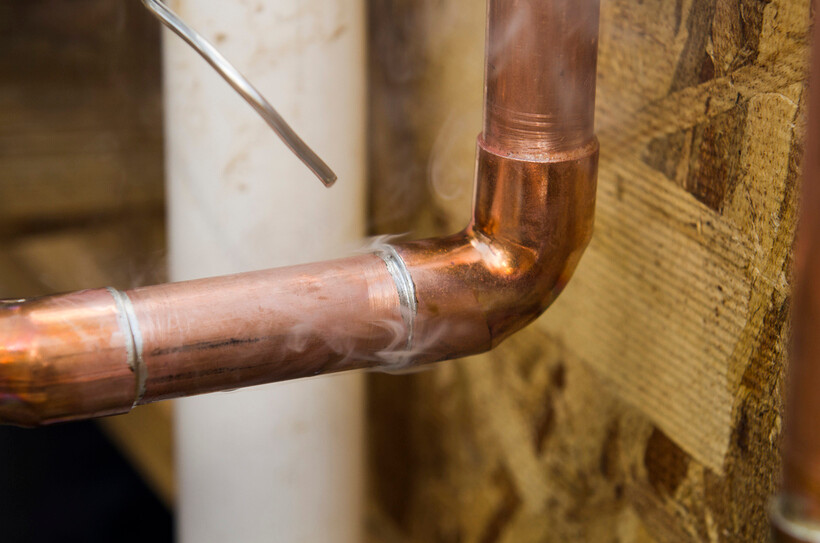 Copper pipes being soldered during installation. (Source: iStock)
Copper pipes being soldered during installation. (Source: iStock)
Thermal conductivity, measured in watts per meter-Kelvin (W/m·K), reflects how well a material conducts heat.
Copper pipes, with a high thermal conductivity of around 390 W/m·K, efficiently transfer heat, making them ideal for maintaining consistent hot water temperatures. However, this efficiency also means heat escapes faster, so proper pipe insulation is essential. Choosing copper without accounting for insulation can be a costly renovation mistake, especially in areas with long hot water runs.
In contrast, PVC pipes typically have a significantly lower thermal conductivity of about 0.2 W/m·K. While they do retain heat better than metal pipes, PVC is generally not recommended for hot water systems due to its temperature limitations. PVC can warp or degrade at high temperatures (usually above 60°C or 140°F), so using it in hot water systems can lead to issues over time.
In terms of ease of installation
PVC pipes stand out for their lightweight design and straightforward assembly. Joining PVC pipes is as simple as applying solvent cement, where no soldering or heat is needed. This makes them a more accessible option, especially during a kitchen or bathroom renovation where quick, efficient installation is often a priority.
On the other hand, copper pipes demand a higher level of expertise, requiring specialised tools like soldering torches, flux, and pipe cutters to ensure secure connections. Copper’s rigidity and heavier weight can also make it harder to manoeuvre tight spaces, like under a basin or sink.
For tasks such as replacing kitchen taps, PVC offers a user-friendly solution, while copper may be better suited for complex layouts requiring precise customisation.
In terms of environmental impact
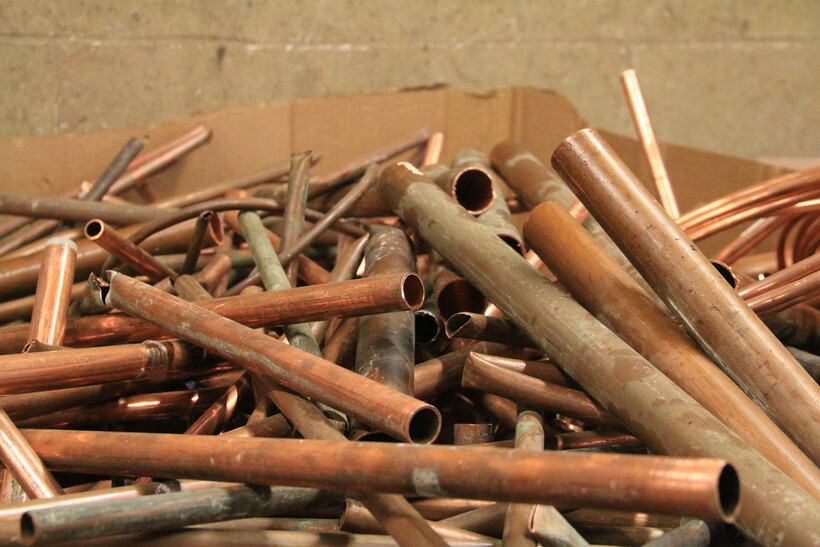 Used and cut copper pipes ready for recycling. (Source: iStock)
Used and cut copper pipes ready for recycling. (Source: iStock)
When considering environmental impact, copper holds an advantage. It’s highly recyclable and can be reused with minimal quality loss. While copper mining and refinement require energy, its long-term sustainability makes it an eco-friendly choice.
PVC is improving in terms of environmental impact through innovations like recycled materials and eco-conscious manufacturing processes. However, its traditional production and disposal may release harmful chemicals. Recycling of PVC in the UK is still limited.
For mixed plumbing systems, knowing how to connect PVC pipe to copper pipe safely and efficiently is essential, not just for performance but also to avoid introducing unnecessary waste or materials that complicate future recycling efforts.
In terms of cost
PVC is the more budget-friendly option. Installation costs typically range from £500 to £2,000, depending on your system’s size and complexity.
Copper pipe installation is more expensive, ranging from £1,000 to £5,000, due to higher material costs and specialised labour. UK plumbers typically charge around £40 per hour, adding to overall plumbing project costs.
Save time and hire plumbers with Airtasker
Choosing between PVC and copper pipes doesn’t have to be difficult. Whether you prioritise cost savings, ease of installation, or long-term sustainability, understanding the unique strengths of each option is key to making the right decision for your home.
Need expert advice or help with installation? Post a task on Airtasker to connect with qualified UK plumbers. From quick fixes to full plumbing renovations, Airtasker makes it easy to find trusted professionals near you.
PVC Pipes vs Copper Pipes
PVC Pipes |
Copper Pipes |
|
|---|---|---|
Lifespan and Durability |
25-50 years (non-corrosive, lightweight) |
70-80+ years (high durability and heat resistance) |
Resistant to Corrosion |
Fully non-corrosive |
Protective patina, but may corrode under certain conditions |
Thermal Conductivity |
~0.2 W/m·K (low, retains heat) |
~390 W/m·K (high, needs insulation) |
Ease of Installation |
Lightweight, no special tools |
Requires soldering and expertise |
Environmental Impact |
Recyclable, but limited infrastructure |
Fully recyclable and sustainable |
Cost |
Budget-friendly; installation ranges from £500 to £2,000 |
More expensive; installation costs range from £1,000 to £5,000 |
FAQs on PVC pipes and copper pipes
PVC is a specific type of plastic used to make pipes, so all PVC pipes are plastic, but not all plastic pipes are PVC. ‘Plastic pipes’ is a broad term that includes various materials like PVC, CPVC (chlorinated polyvinyl chloride), PEX (cross-linked polyethylene), and HDPE (high-density polyethylene). Each type has different properties suited to different plumbing applications.
Mould typically doesn’t grow inside copper pipes because copper has natural antimicrobial properties. However, if there are leaks, condensation, or moisture buildup around the outside of copper pipes, mould can grow on nearby surfaces.
Yes, you can connect PVC to copper pipes using the correct fittings. A common method is using a brass or plastic transition fitting, possibly with a threaded adaptor and PTFE tape. Push-fit connectors like SharkBite can also be used. In some cases, a dielectric fitting helps prevent corrosion. Always follow UK plumbing regulations when making these connections.
Find plumber, fast
Post a task
Related articles
Related price guides
